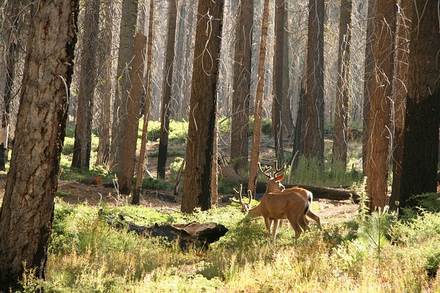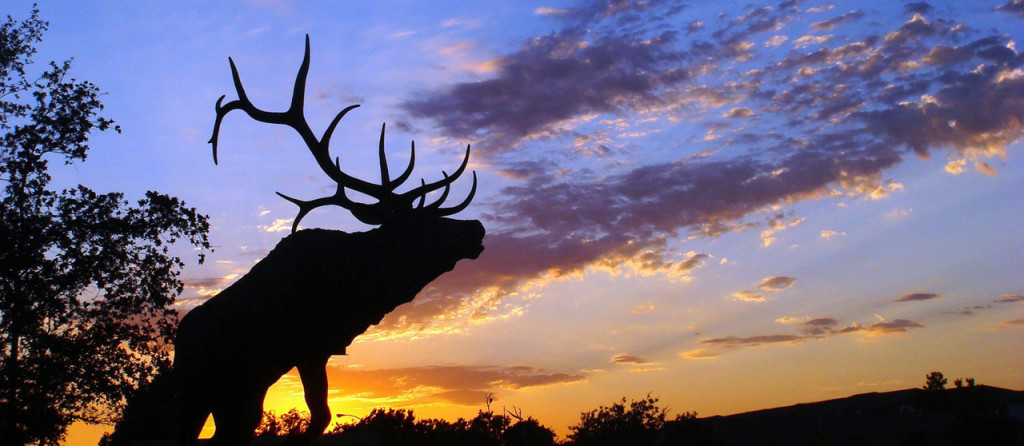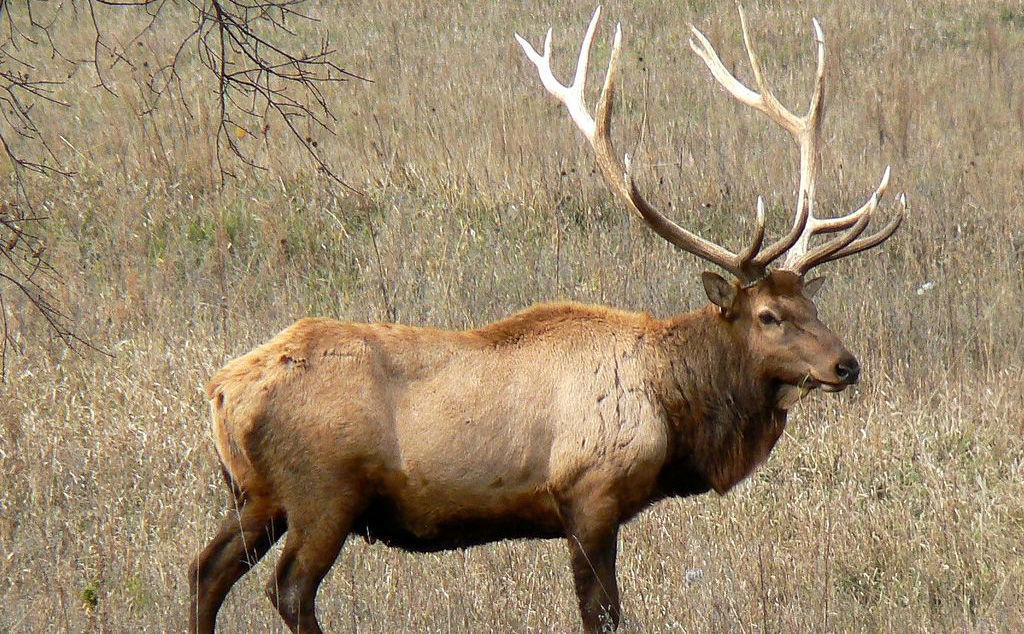 The Minnesota Department of Natural Resources (MNDNR) announced on Thursday, March 5, 2015, that Kevin Lines will head up a project designed to correct the problem with the falling pheasant population in Minnesota. His official title will be Pheasant Action Plan Coordinator.
The Minnesota Department of Natural Resources (MNDNR) announced on Thursday, March 5, 2015, that Kevin Lines will head up a project designed to correct the problem with the falling pheasant population in Minnesota. His official title will be Pheasant Action Plan Coordinator.
The four year plan is meant to correct deficiencies in pheasant habitat and to increase the numbers of these upland game birds for sportmen and the public alike. While pheasants aren’t native to Minnesota, they’ve existed in the state for nearly a hundred years.
Mr. Lines is definitely qualified to perform the position. Besides being a hunter and a fisherman for his entire life, Mr. Lines has spent 38 years in conservation work. He isn’t a stranger to the task at hand and clearly has a good grasp of what is going to be needed. The new coordinator, who began his position on February 23, immediately pointed out that 95 percent of the land inhabited by pheasants is private property. As Mr. Lines put it,
“…we must work closely with landowners, as well as maximize the habitat we have on existing wildlife management areas.”
Aside from the issue of land ownership, pheasants are dependent on grassland and marshland. Protection of both grassland and marshland is vital, per the MNDNR information page about pheasants. The St. Peter Herald also ran a story in late January of this year, emphasizing some of the difficulties the birds face in Minnesota.
In a roadside survey report for 2013-2014, the land issue is shown to be a big one. The report indicated that there was a net loss of 51,375 acres of protected wildlife habitat in Minnesota. Last year’s winter was also particularly harsh, resulting in population losses due to winter kill.
Pheasants not only need the grassland in order to have food for sustenance, they need it for protection against predation and for shelter. There has been a decline in the available grassland used by the game birds for many years. Though the drop in available wildlife habitat in Minnesota is state-wide, the losses of habitat in the southern part of Minnesota particularly impacts the pheasant population. Southern Minnesota is the portion of the state that falls within the pheasant feeding and breeding range, so this is the area that will be of primary concern in restoration efforts for the pheasants.
Still, there is some promise and potential for helping the birds recover. The ability of these birds to spring back from adversity is still noted, however. The population of pheasants in 2014 was still a little higher than the population in the previous year. Obviously, much more work needs to be done and this is going to require a coordinator who won’t give up easily.
The job may seem to be a formitable one, but Minnesota DNR stressed the fact that Lines has already beaten the odds once. He has managed to conquer cancer. The never-say-quit attitude that helped him overcome that battle is likely to serve him well with restoring the pheasant population in the state.
Mr. Lines doesn’t have an easy project to oversee and it isn’t a simple problem he is charged to correct. Somehow though, a person gets the impression that Kevin Lines wouldn’t have it any other way.
Image source by star tribune



